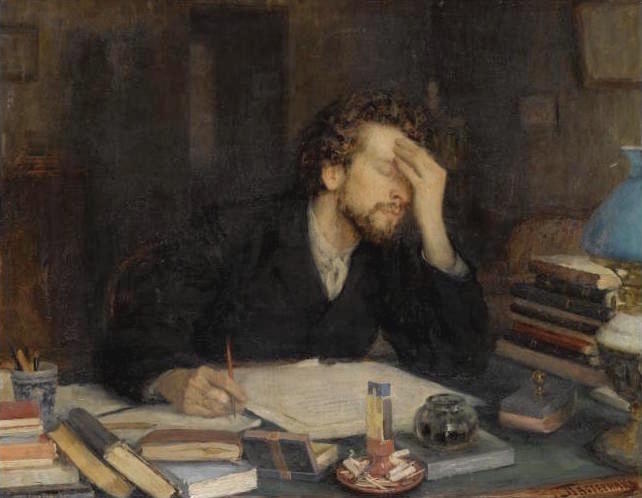Everybody likes a good fantasy setting. Whether it’s Tolkien’s Middle-Earth, Jemisin’s Stillness, or Pratchett’s Discworld, there are some places we never want to leave. By that logic, there are some places we should see even more of, right? Well, not necessarily.
For us fantasy writers, it’s tempting to show every region of our worlds. That abandoned graveyard? Let’s send some characters there, just to see it. What about the ancient eagle’s nest atop the mountain? We need to show it, just because it’s awesome. And that village of singing trolls out in the west? There’s a chapter.
Before we do that, let’s take a step back and look at our world. Not the story world, but the world we actually live in. You know, Earth. It’s vast, isn’t it? And not only geographically—in terms of our knowledge, too. So many cultures, so much history. It’s practically limitless. Most people live their whole lives never seeing the entire thing.
To create an authentic fantasy world, I think we need to keep that same principle in mind. I believe every fictional world, fantasy or otherwise, should have parts on the periphery that we never discover.
A great example comes from The Lord of the Rings. Sure, you remember Mordor and Rivendell. But riddle me this: Do you remember Queen Beruthiel? She’s mentioned in an offhand comment from Aragorn:
“[Gandalf] is surer of finding the way home in a blind night than the cats of Queen Berúthiel.”
That’s it. She’s never mentioned again. At first glance, this might seem like laziness or even a mistake. But that reference is almost certainly intentional, and one of the many tricks Tolkien employed when building Middle-Earth. He created a rich, wholly believable world precisely because he didn’t show us everything.
Just like in the real world, there are limits to our knowledge as readers. If we directly experience every location and every person, the setting ends up feeling awfully small. But if there’s more beyond the borders of the page, we get a proper sense of scale.
Let’s stick with epic fantasy for our second talking point. A Song of Ice and Fire is one of the most immersive worlds out there. And it’s a big world—big enough that the story might not even conclude after seven volumes.
In books four and five, author George R.R. Martin shows us more of this expansive world. He adds several characters just to serve as vessels through which we can see the other areas of his setting. For example, bodyguard Areo Hotah exists only to show us what’s happening in the desert kingdom of Dorne.
Does it work? Well, that depends on whom you ask. For the most part, though, fans hate it.
Why? Because even Martin, who’s been a professional writer for decades, makes the mistake of showing too much of his setting. He has many chapters in which his characters do little except tell us what’s going on in this one place. Do we really need to see what’s going on in Dorne and the Iron Islands first-hand? You could debate it, but a lot of fans will tell you it distracts from the main plot. Furthermore, it makes his world feel smaller.
The more we see of a setting, the smaller it gets. Though we might want to visit that cool place we referenced way back in chapter five, it’s often best if we resist the urge.
Kyle A. Massa is a speculative fiction author living somewhere in upstate New York with his wife, their cats, and their dog. He has written two books and numerous short stories, both published and yet-to-be published. He enjoys unusual narrative structures, multiple POVs, and stories that make people laugh.
*Image credit: Mehmet Canli. Used under permission of CC BY-SA 2.0.




